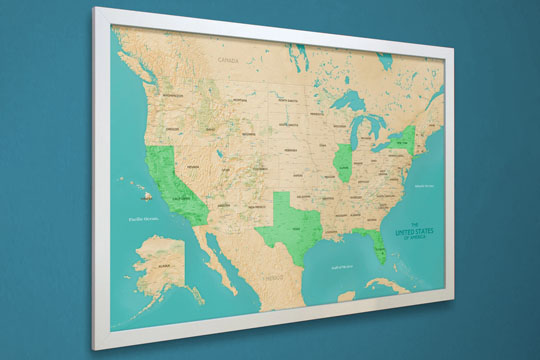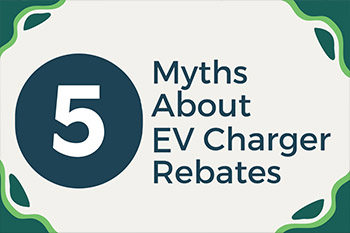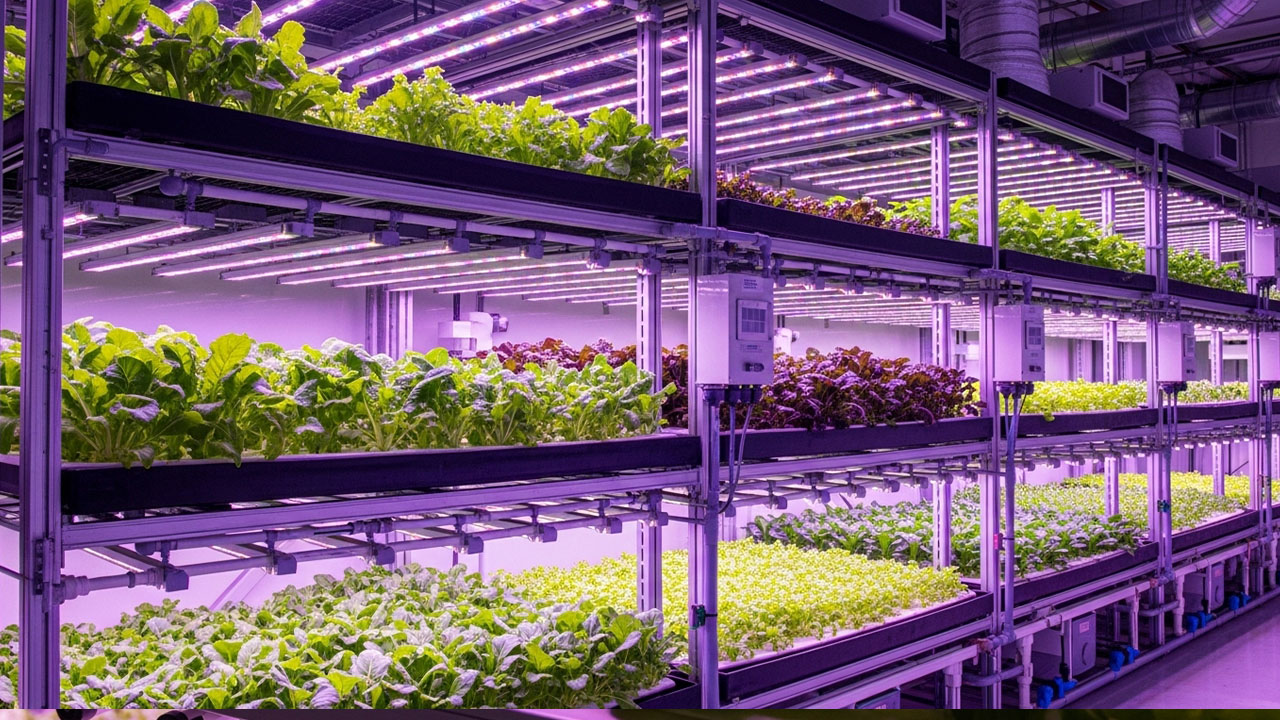
Once limited to research labs and specialized grow rooms, horticulture lighting has become one of the fastest-growing segments in the lighting industry. As technology costs drop and efficiency improves, these systems are now used in greenhouses, vertical farms, floriculture, and even in facilities producing plant-based vaccines. The global market is expanding at roughly 12% per year and is projected to reach $22 billion by 2033, making it one of the brightest opportunities for both lighting manufacturers and rebate-driven projects.
LED Advancements Create New Opportunities
Like they did with traditional lighting, LEDs have revolutionized grow lights. With 20 to 45% less energy usage than conventional HID grow lights, they provide a huge opportunity to cut operating costs for growers. The reduced wattage also means less waste heat, which is hugely beneficial to indoor growing operations.
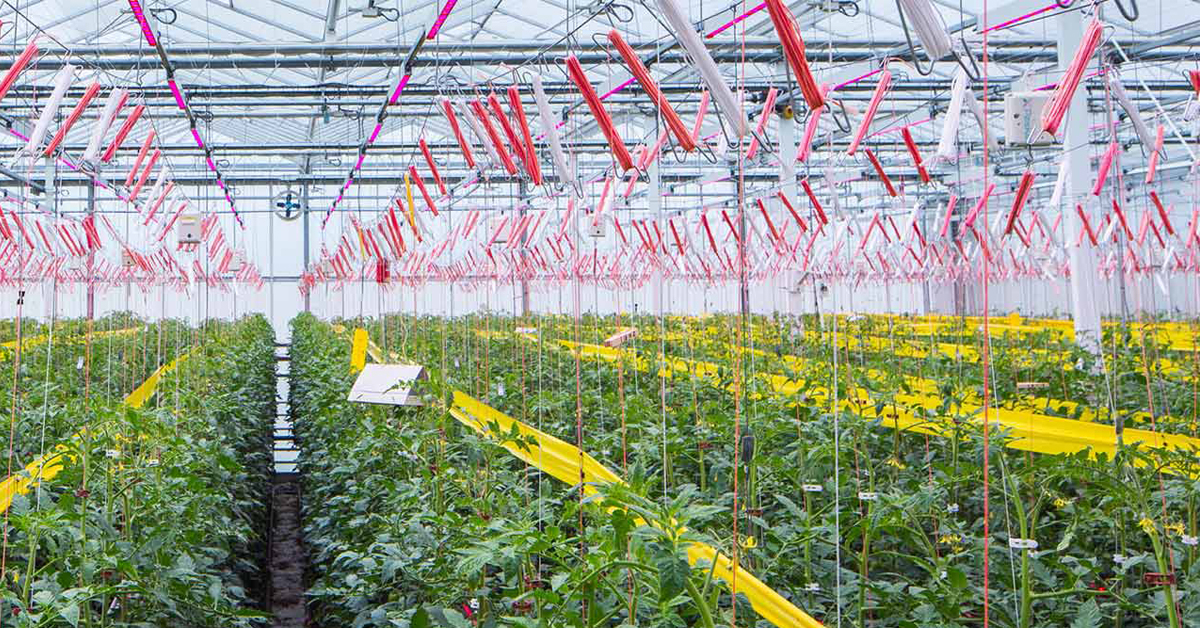
Not only are these LED horticulture lights cheaper to run, but they also provide an opportunity to increase the production and quality of the product. When growing plants indoors, the color of the light is important. The sun provides full-spectrum lighting (all wavelengths). As humans, we perceive these different wavelengths as colors (400 nm wavelength looks violet to us, 700 nm looks red). Plants, on the other hand, interpret the wavelengths in a completely different way. The wavelengths can stimulate different processes in the plant. For example, red light triggers germination and stem growth, while blue can promote root development and the transition to flowering. By fine-tuning which wavelengths hit the plant, its development and production can be optimized.
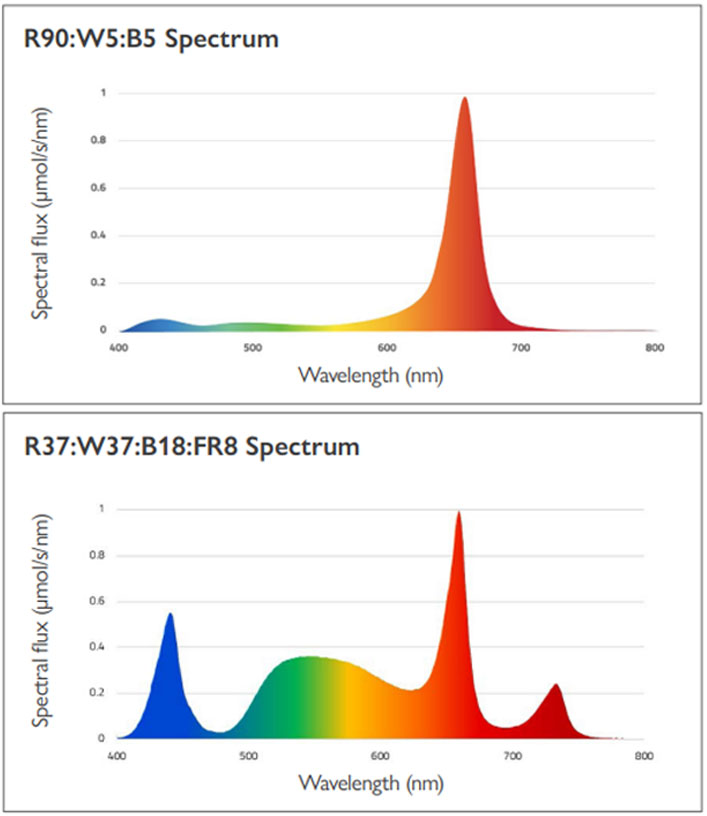

DLC Horticulture List Helps Weed Out Underperforming Fixtures
In October 2019, the DesignLights Consortium (DLC) created a new standard and Qualified Products List (QPL) specifically for horticulture lighting. Over the years, the DLC has become the de facto standard utilities use to ensure customers install high-quality lighting when applying for incentives. The DLC worked closely with manufacturers on the technical specifications for this list, taking into account the unique aspects of this type of lighting. This specification gave utilities the confidence to start broadening their incentives for these products.
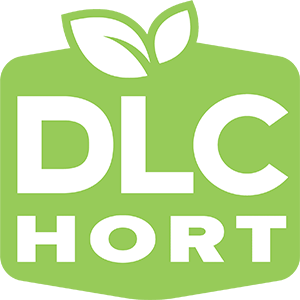
In 2025, the DLC released version 4.0 of its technical requirements. This new version advances the specification to ensure high-quality lighting for horticultural applications with greater savings potential. The DLC reports that the average efficacy of listed products has increased by 24.9% since version 1.0. Version 4.0 raises the photosynthetic photon efficacy (PPE) threshold, removes retrofit lamps, and adds clarifications to certain technical requirements. Currently, there are more than 800 eligible fixtures on the list that meet the v4.0 requirements.
Rebates and Horticulture Lighting
LED horticultural lighting has a huge potential for energy savings. According to a DOE report, if all horticulture lighting installations switched to LED, they could reduce the sector's annual energy consumption by 34%. That could result in a savings of roughly $350 million annually. This opportunity makes it the perfect segment for commercial rebate programs to target with energy efficiency incentives.
Originally, horticulture rebates were off to a relatively slow start, but with the introduction of the DLC Horticulture QPL and the evolution of the technology, they have grown significantly. Today, 55% of the US is covered by an active horticulture lighting rebate.
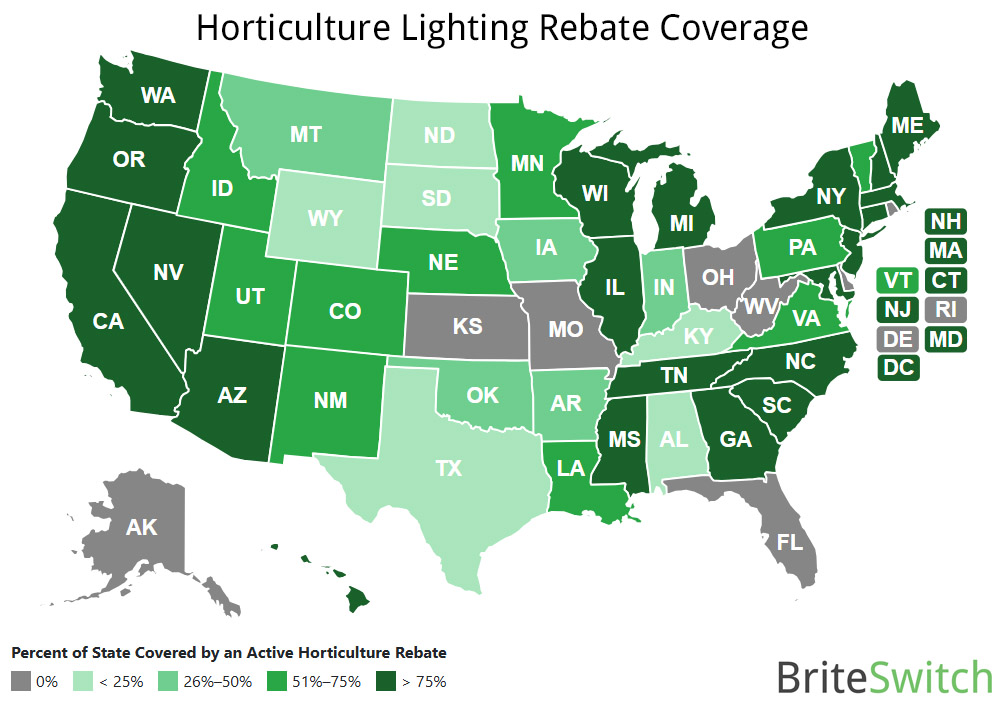
Different Horticulture Rebate Approaches
When they first debuted, two-thirds of the rebates for horticulture lighting were custom rebates, or based on energy savings. That made estimating and filing for rebates a lot more complicated. But over the last few years, that has shifted as the technology has matured and the rebate programs gathered real-world data. Today, 53% of horticulture lighting rebates are calculated on a per-fixture basis. The second most popular method is giving an incentive based on kWh saved.
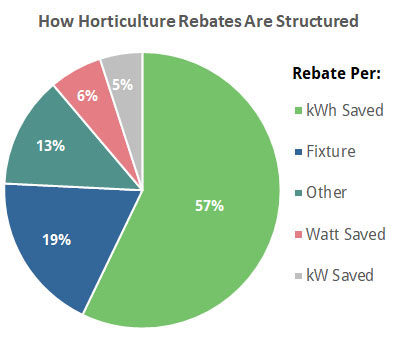
Horticulture Rebate Amounts
Rebate amounts vary widely by geography and project type. Custom rebates now average about $0.21 per kWh saved, with programs ranging from $0.02 to $0.65. That represents roughly a 60% increase from 2020 levels, showing strong growth in incentives for horticulture projects.
For prescriptive rebates, the average incentive is $136 per fixture, though that can range from $15 to $525 depending on the specific fixture type and utility.
| Average Horticulture Rebate Across North America |
|
|---|---|
| Prescriptive rebate: |
$136 per fixture |
| Custom rebate: |
$0.21 per kWh saved |
New Construction Projects Can Qualify As Well
A substantial number of horticulture lights are also being installed in new construction projects. They present a challenge for the rebate programs because, unlike retrofit projects, they don't have a baseline energy usage for savings calculations. Most new construction rebate programs for general illumination are based on energy savings compared to the local electrical code's lighting power density (LPD). For horticulture lighting, this really doesn't apply. These lights aren't being used for general illumination, so the typical watts per square foot analysis is essentially meaningless. Because of this, each program may calculate the rebate a little differently.
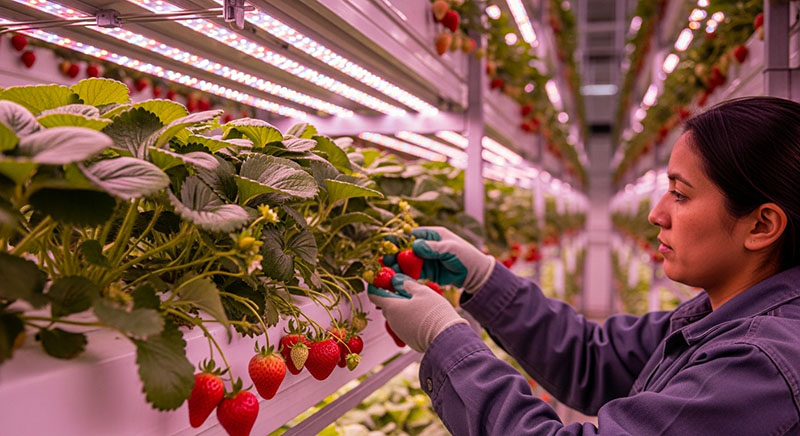
How to Get Rebates for Horticulture Lighting
With over 175 horticulture lighting rebate programs available in North America, there's a good chance most projects would qualify for an incentive. Here are some tips to make sure you can get rebates for your horticulture lighting project.
1) Use DLC Horticulture Listed Products
A majority of rebate programs require that the LED is on the DLC list in order to get a rebate. It's not enough that the spec sheet or website has a DLC logo; the exact model you're using has to be on the current DLC website. When searching the site, make sure to select "Horticulture Lighting" as the QPL list; these fixtures don't appear on the more commonly used general lighting list.
2) Make Sure to Get Rebate Pre-approval
For many rebate programs, pre-approval is an essential part of the process that many people forget to consider. It usually takes about 3 to 4 weeks to get pre-approval, although it can take as long as 8 to 10 weeks in some areas. Make sure you know the pre-approval requirements and follow the steps of your local program. In some cases, a project has to be pre-approved before even a PO is signed.
3) Check Program Funding Levels
Programs can run out of funding or change incentive levels at a moment's notice. While some utilities have funding meters on their website, a majority do not, and the only way to know for sure is to call them. This step is especially important for large projects because rebate programs often have limited funds; a large horticulture project can wipe out a smaller rebate program entirely.
4) Verify the Specific Application is Allowed
Not all horticulture applications are eligible for rebates. While it's not as prevalent as in the past, some programs explicitly deny rebates for cannabis-related horticulture lighting. Also, the project needs to have a commercial account with the electric company; residential horticulture lighting rebates are virtually nonexistent.
BriteSwitch Can Help You Find and Capture the Rebates
If you need assistance with horticulture rebates, BriteSwitch can help. We offer two services:
RebatePro to Find Horticulture Rebates
This tool contains virtually all rebates for commercial lighting across North America, including horticulture lighting. It makes it easy for professionals to find the rebates for projects they're working on, stay up to date on changing programs, and find the best areas with the highest rebates.

Outsourcing Rebate Processing
BriteSwitch can take care of the entire rebate process for you, from estimating the rebate upfront and ensuring eligibility to applying for the approvals, coordinating the inspections, and chasing down the final check.



